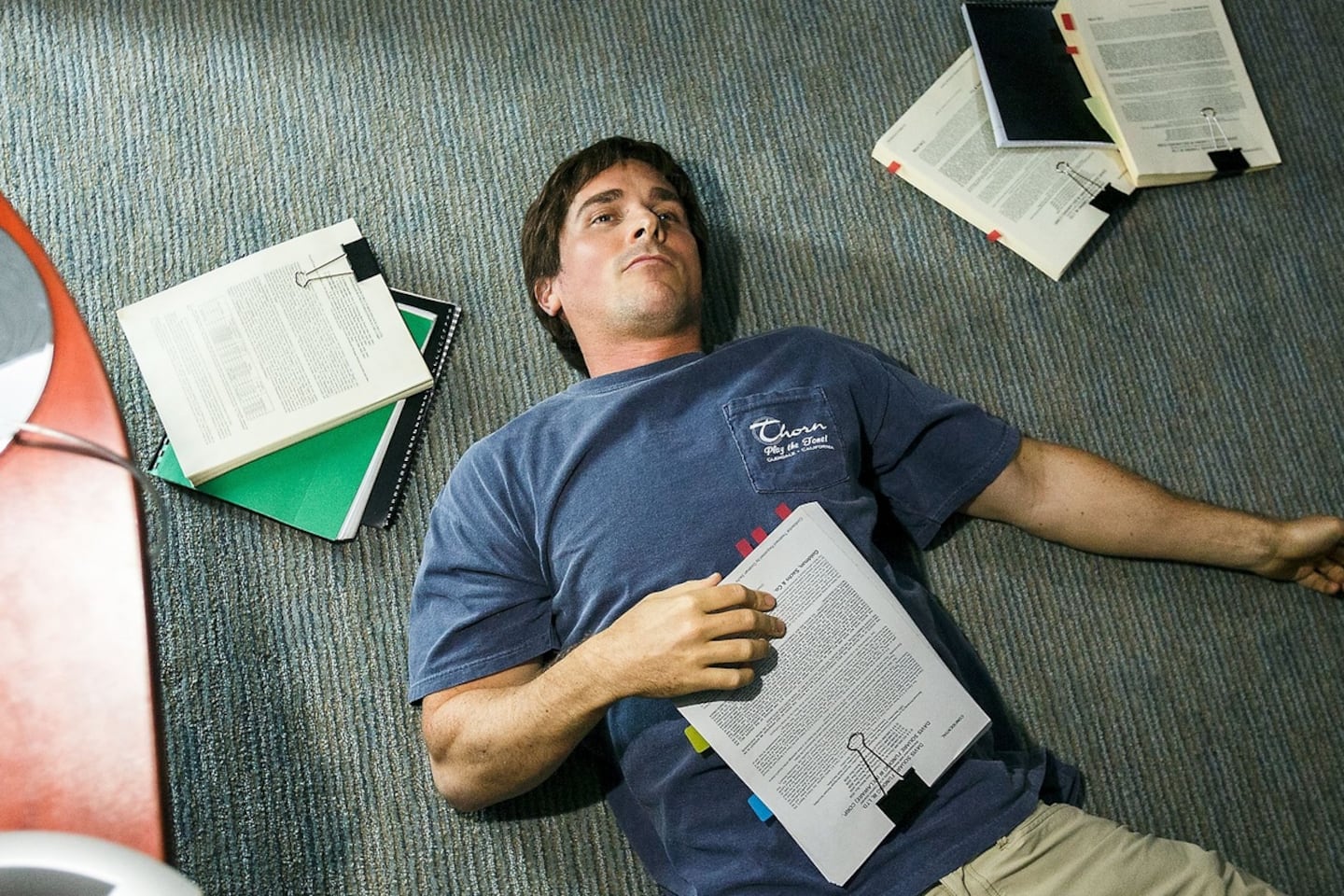The moral panic over data centres continues unabated. The latest threat to the fabric of Irish life posed by these later-day satanic mills seems to be that they consume as much electricity as all the urban houses in Ireland put together.
It’s certainly a striking statistic. At the same time it’s a struggle to see the existential danger.
Urban homes account for 18 per cent of electricity usage, according to the latest figures from the Central Statistics Office (CSO), which are for 2021. Rural households account for another 10 per cent or so and street lighting together with unmetered usage accounts for another 1 per cent.
[ The Irish Times view on data centres: a system under strainOpens in new window ]
[ Cap on data centres ruled out despite surge in energy useOpens in new window ]
All the rest — 70 per cent of electricity consumption — is accounted for by what could very broadly be characterised as economic activity: places people are doing things and getting paid. That is everything from Garda stations to, yes, data centres.
READ MORE
The split in energy consumption in Ireland, between households and the rest of the economy is pretty much in line with the rest of Europe, according to Eurostat.
There are legitimate issues around energy use by data centres and the need to shift to renewable sources. The same can be said for Germany’s large car manufacturing industry, which consumes vast amounts of electricity. Few are suggesting Germany has too many car factories, but then Germany has managed its electricity supply somewhat better than we have.

‘You can’t decarbonise without digitisation, you can’t increase digitisation without data centres’
Our problem — assuming you think we have one — is not what we do with our electricity. The problem is that we don’t make enough of it. As the Irish economy grew rapidly over the last few decades — driven by investment here by technology companies in, among other things, data centres — we did not invest sufficiently in power generation.
The reasons for this are many but the main culprit was the failure to predict the increase in demand and to renew and replace our ageing stock of conventional power stations, ie power stations that burn fossil fuels.
[ Data centres Q&A: How big a drain are they on Ireland’s energy grid?Opens in new window ]
[ Data centres consume as much electricity as urban houses, CSO figures showOpens in new window ]
The Government has no incentive to own up to this significant economic blunder, particularly when it is set against a constant drumbeat of warnings from EirGid, which runs the electricity network, about electricity shortages and blackouts.
Rather than dispel the growing association in the mind of the public between power shortages and data centres, they seem happy to let it gain traction.
The release of the CSO data on data centre power usage coincided with the latest warning from EirGrid. The reason for the warning was lack of wind due to the recent good weather, combined with insufficient conventional capacity to meet the deficit. But somehow data centres emerged as the villains of the piece. No one rushed to their defence.
We have a lot of data centres. Significantly more than most countries relative to our size; probably too many. But this can be seen as a sign of economic success and a display of economic competence by the Government.
The relentless courting of international technology and pharmaceutical companies has underpinned economic growth here for decades. Data centres are part of this sector and are seen as a way of anchoring some of these highly mobile companies in Ireland. Paradoxically, they exploit one of our few natural resources — a cool, temperate climate — which makes Irish data centres more energy efficient and cheaper to run than those in countries with more extreme weather.
So why have data centres become the whipping boys for decades of blundering over energy policy by successive governments?
Again, it’s a complicated question with no single answer but there was a clue this week at the National Economic Dialogue in Dublin Castle. Set up under Our Shared Future — the 2020 programme for government — the forum is meant to feed into the annual budgetary process and provide a space for the consideration of a wider range of factors than purely economic ones.
[ Karlin Lillington: Why Iceland trumps Ireland as a home for data centresOpens in new window ]
In this context, the National Economic Dialogue takes into account “Understanding Life in Ireland”, an annual review of non-economic measures of national wellbeing, with a focus on equality. This year’s report highlighted persistent inequality in two very significant areas — wealth distribution and housing. It highlighted, in particular, the yawning gap between those who own their homes and those who don’t.
What this boils down to is that a lot of people are feeling left behind as Ireland grows richer. They are angry. And anger always looks for an outlet.
[ Amazon plans three new data centres for north DublinOpens in new window ]
The parasitical nature of the technology industry and its devil spawn, social media, make it an obvious target. Nothing seems to say you are being left behind to Irish people quite like a data centre that is hoovering up our electricity and making money for other people. Particularly if there is one near your village and the only work it offers is cutting the grass on its landscaped site.
But before we grab our torches and pitchforks and march on the local data centre, it’s worth remembering they are part of what passes for an industrial base in Ireland. They are our Volkswagen or BMW. We don’t need fewer data centres. We need more electricity.














